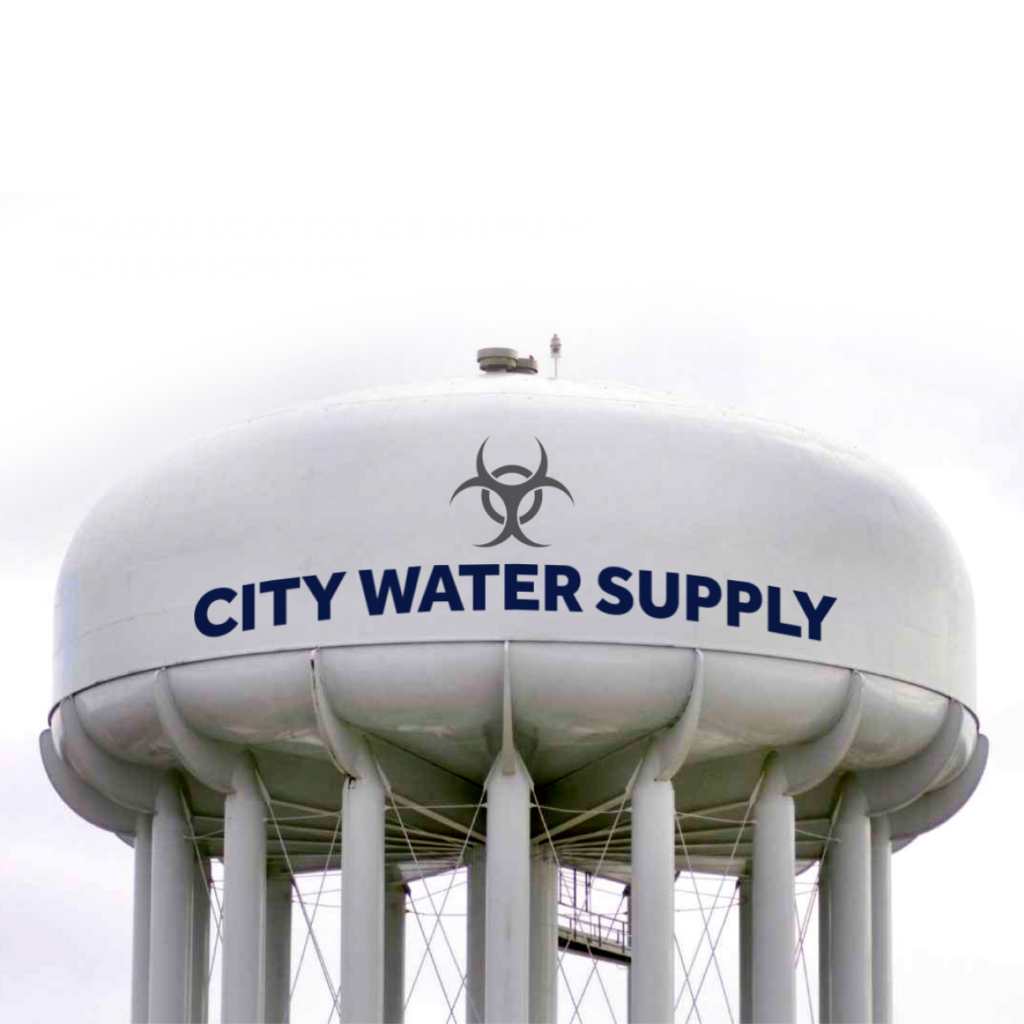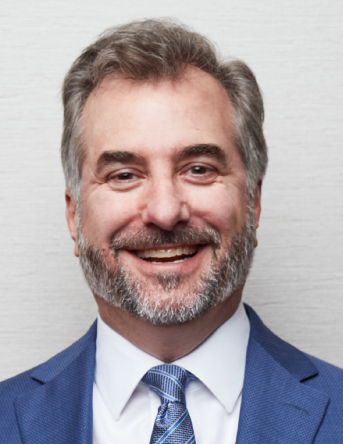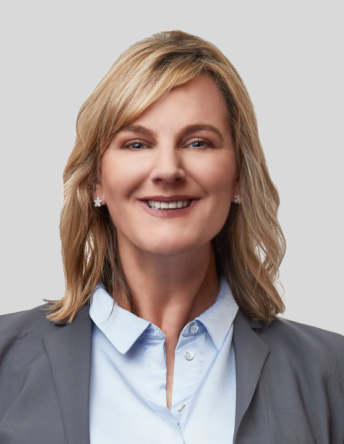In the realm of environmental litigation, PFAS contamination remains a persistent and widespread public health threat. Environmental researchers call PFAS the “forever chemical” because it is notorious for its persistence in the human body and the environment. Research shows it impairs the immune system and causes several diseases, including cancer. Recently, the Federal Judge overseeing the AFFF MDL product liability litigation ordered the approval of a settlement class and funds allocation mechanism addressing PFAS contamination. 3M agreed to pay up to $12.5 billion to public water systems contaminated with PFAS chemicals. Let’s delve into the key aspects of this settlement.

Who is Excluded from the 3M Settlement?
The settlement class aims to redress PFAS-related contamination in public water systems (PWS). However, the settlement agreement streamlines its scope by excluding certain public water systems. Notably, the following are excluded:
- Public Water Systems (PWS) linked with specific PFAS-manufacturing facilities owned by 3M.
- State or federally owned PWS lacking independent legal authority.
- Previously settled PWS listed in the settlement agreement.
- Privately owned wells serving individual households.
Phase One and Phase Two Funds
To ensure fair compensation, the settlement introduces distinct funds—Phase One and Phase Two—each subdivided into various categories:
- Phase One Funds: Forming the Phase One Action Fund, Phase One Supplemental Fund, and Phase One Special Needs Fund.
- Phase Two Funds: Including the Phase Two Action Fund, Phase Two Supplemental Fund, Phase Two Special Needs Fund, and Phase Two Testing Compensation Fund.
How are 3M Settlement Funds Paid?
Both Phase One and Phase Two Action Funds cater to qualifying class members who file claims forms and conduct requisite testing for impacted water sources. The claims administrator employs a mathematical formula, considering PFAS concentrations, flow rates, and other parameters, to score each impacted water source. Phase One members with pre-defined PFAS concentrations before a specific date are exempted from retesting but mandated to conduct baseline testing on certain water sources. Failure to comply disqualifies water sources from compensation consideration. The claims administrator calculates each water source’s percentage of the action fund, thereby deciding the settlement award. If a PWS disagrees with the amount awarded, then they may apply for reconsideration.
The Settlement Amounts for Phase One and Two
The parties designed the settlement to ensure parity between Phase One and Phase Two settlement members. To make sure the settlement pays all public water systems similarly regardless of their phase, the settlement provides adjustments to approximate settlement awards. This promotes fairness and equity across all phases.
Conclusion
The establishment of the 3M settlement class and fund allocation mechanism is a significant stride towards removing PFAS contamination from our public drinking water systems. By delineating exclusions, defining fund structures, and implementing a meticulous compensation mechanism, the settlement endeavors to end litigation against 3M while ensuring fairness and equity in the payment of settlement funds to the PWS class members.




